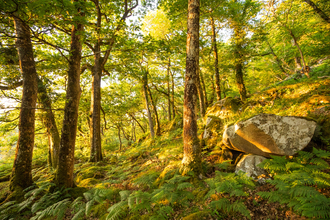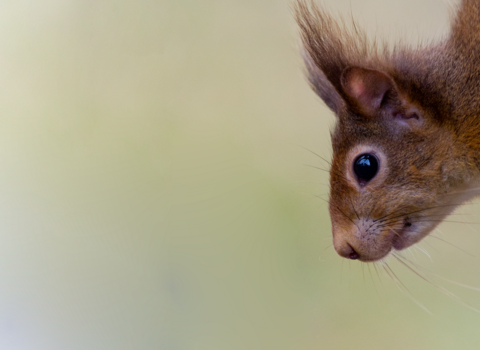
©Ross Hoddinott/2020VISION

©Ross Hoddinott/2020VISION
©Lizzie Wilberforce
Wild garlic
In April and May, our ancient woodlands are awash with the white, starry flowers and smell of wild garlic. Millions of bulbs can exist in just one wood, giving rise to dazzling 'white carpets'.



